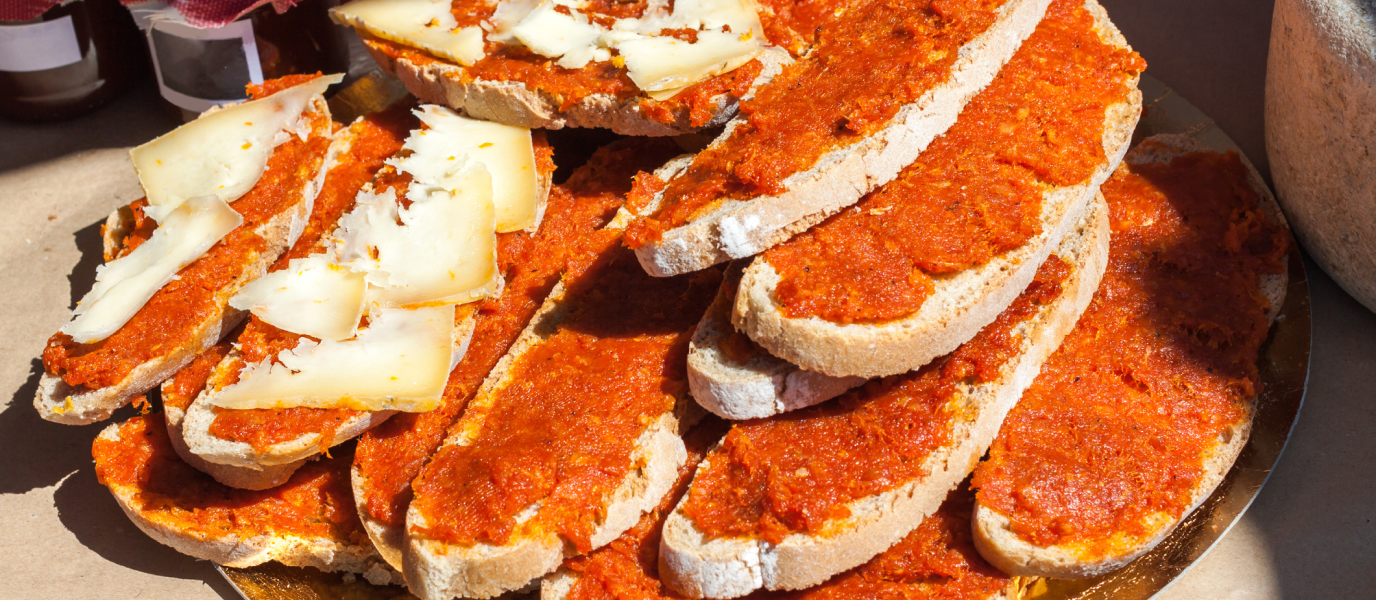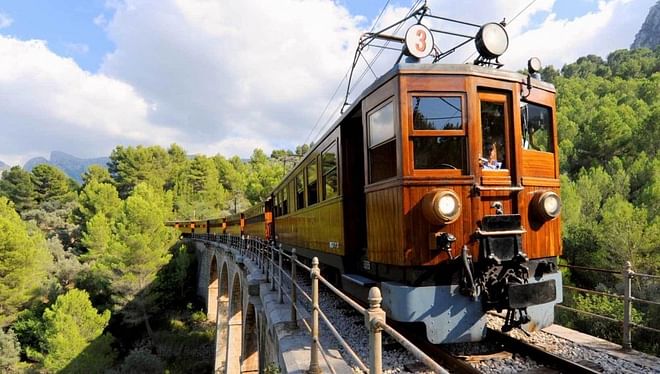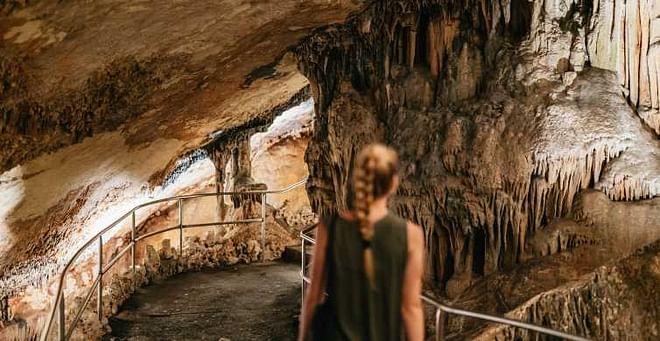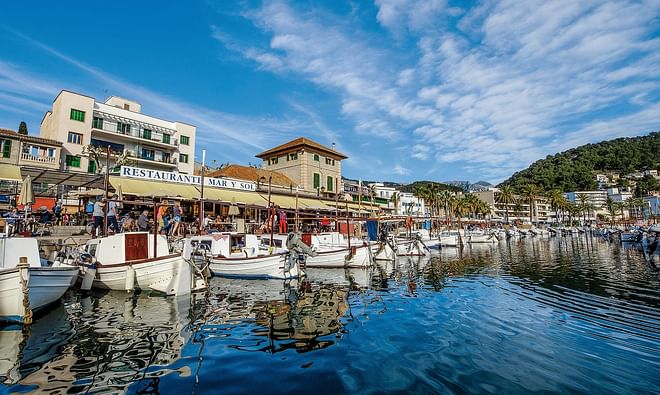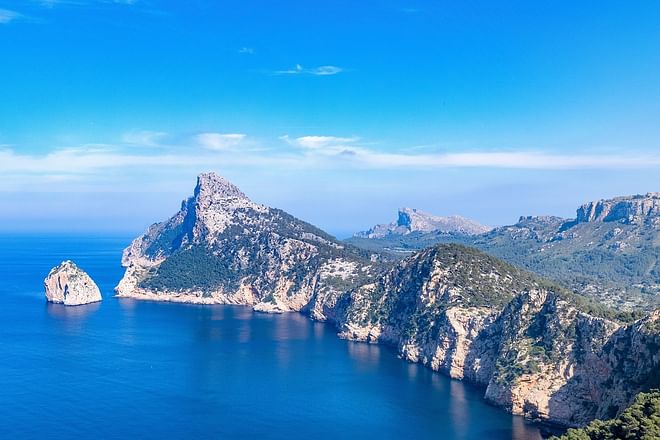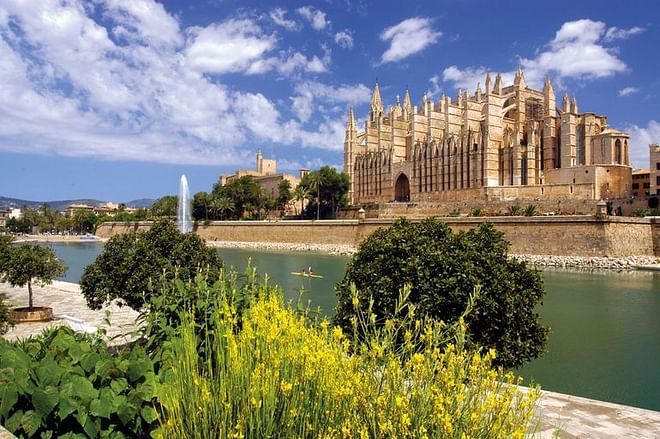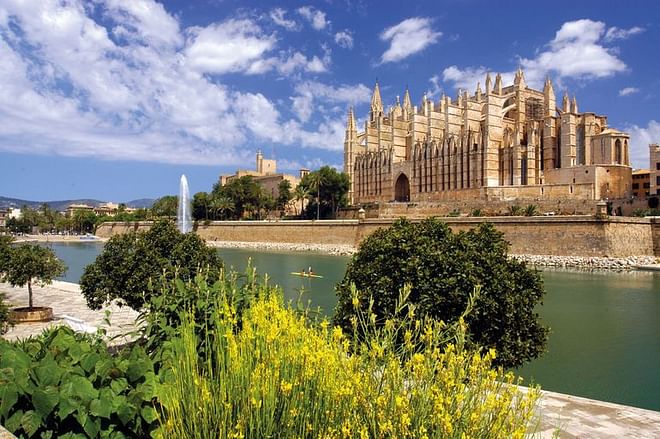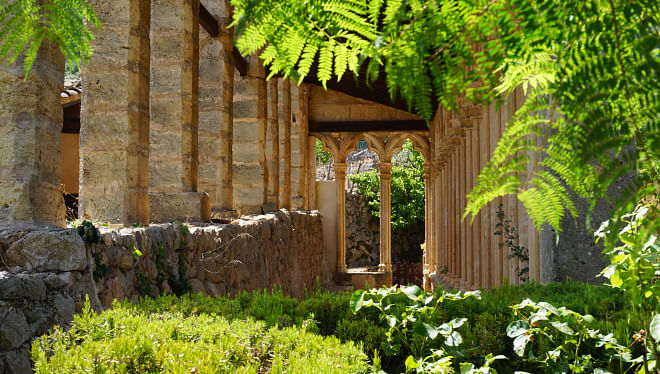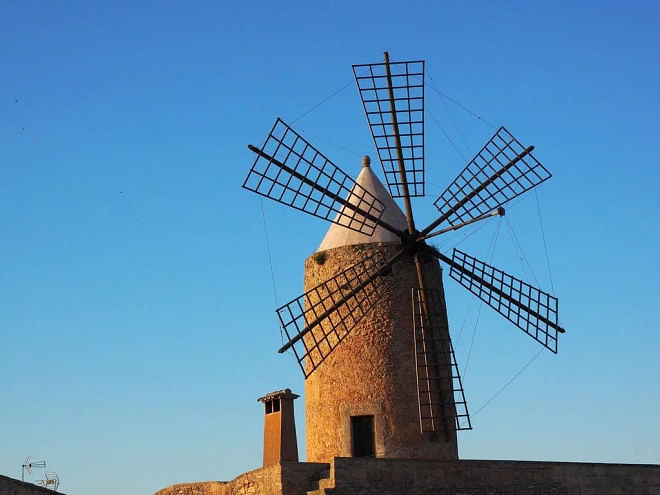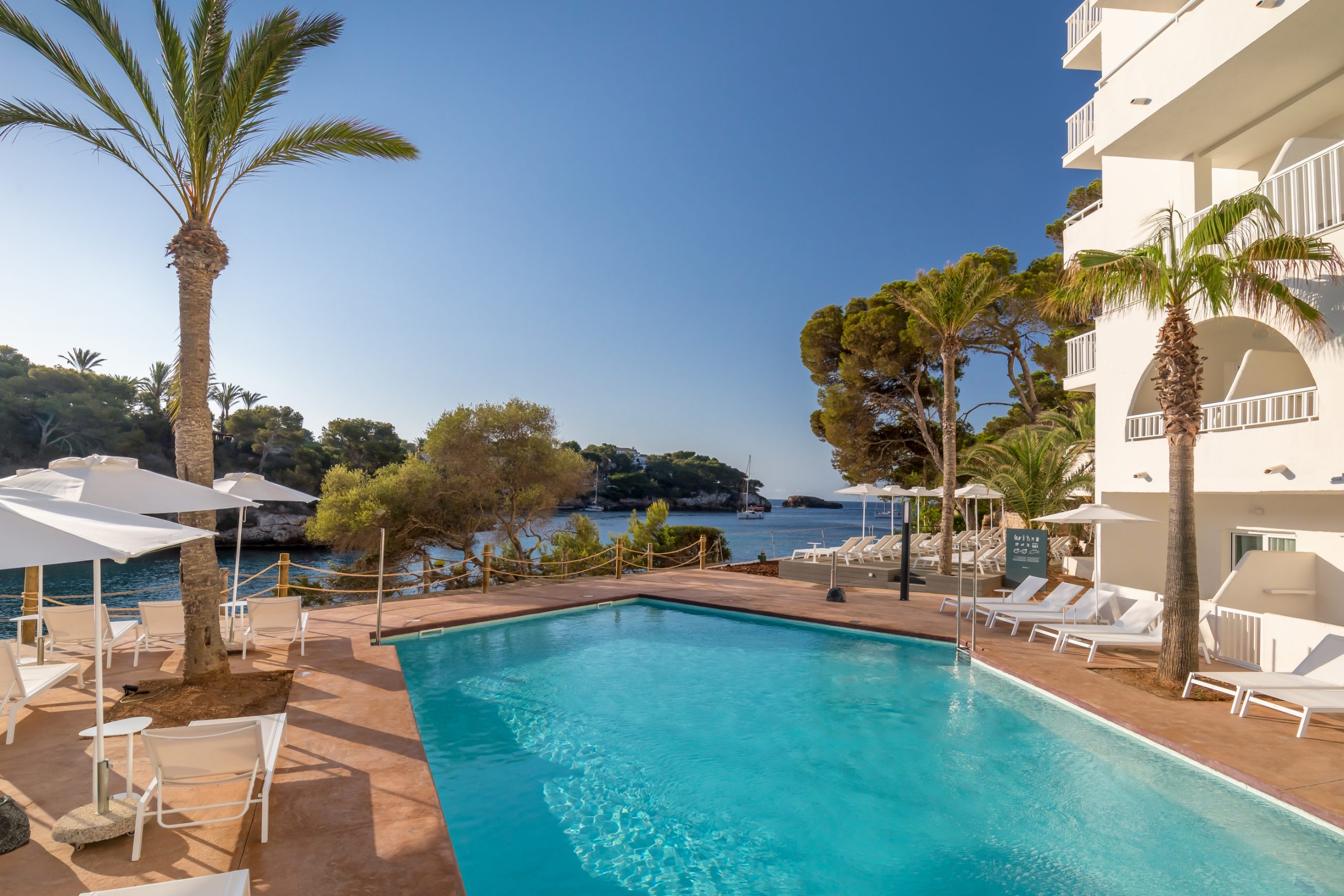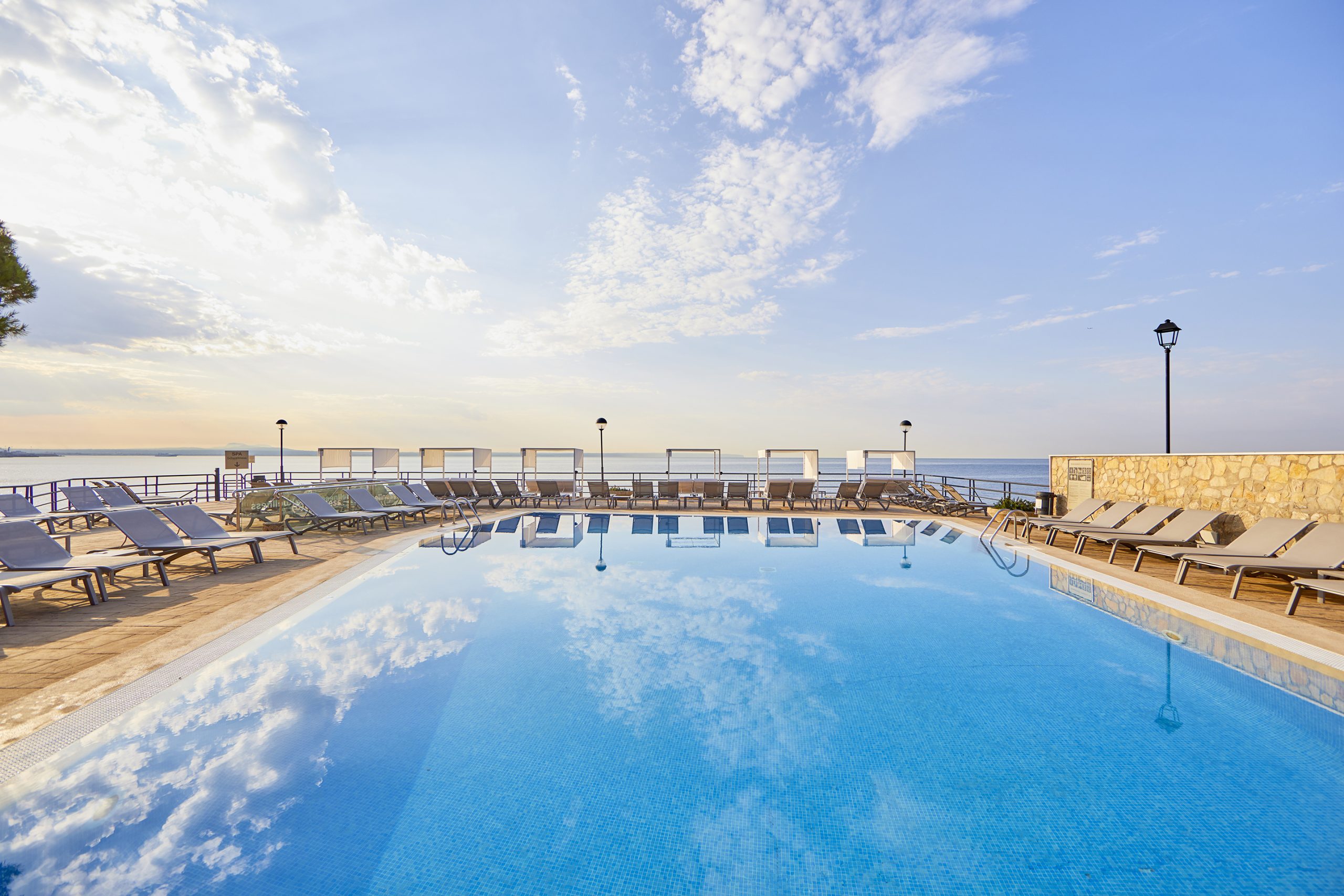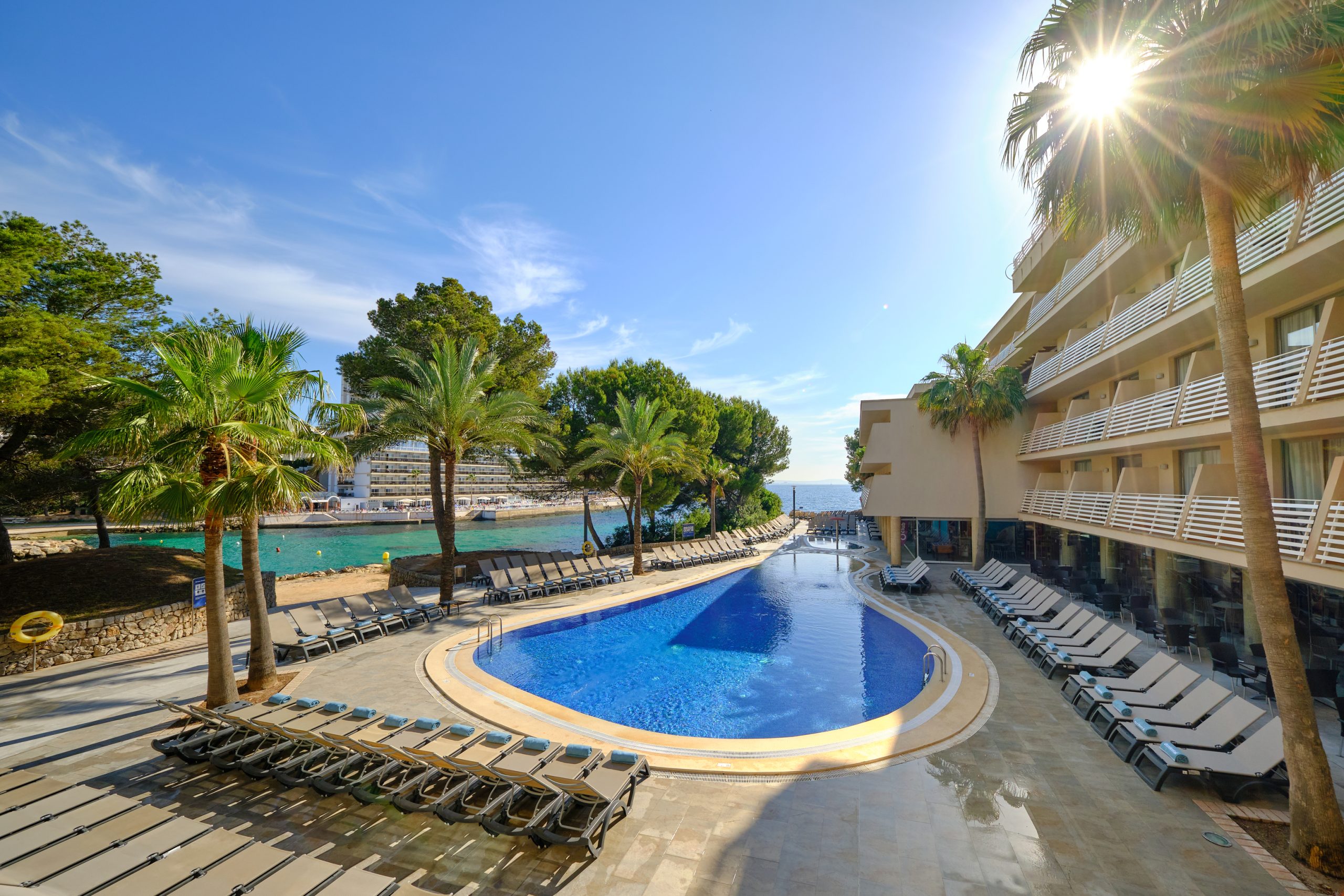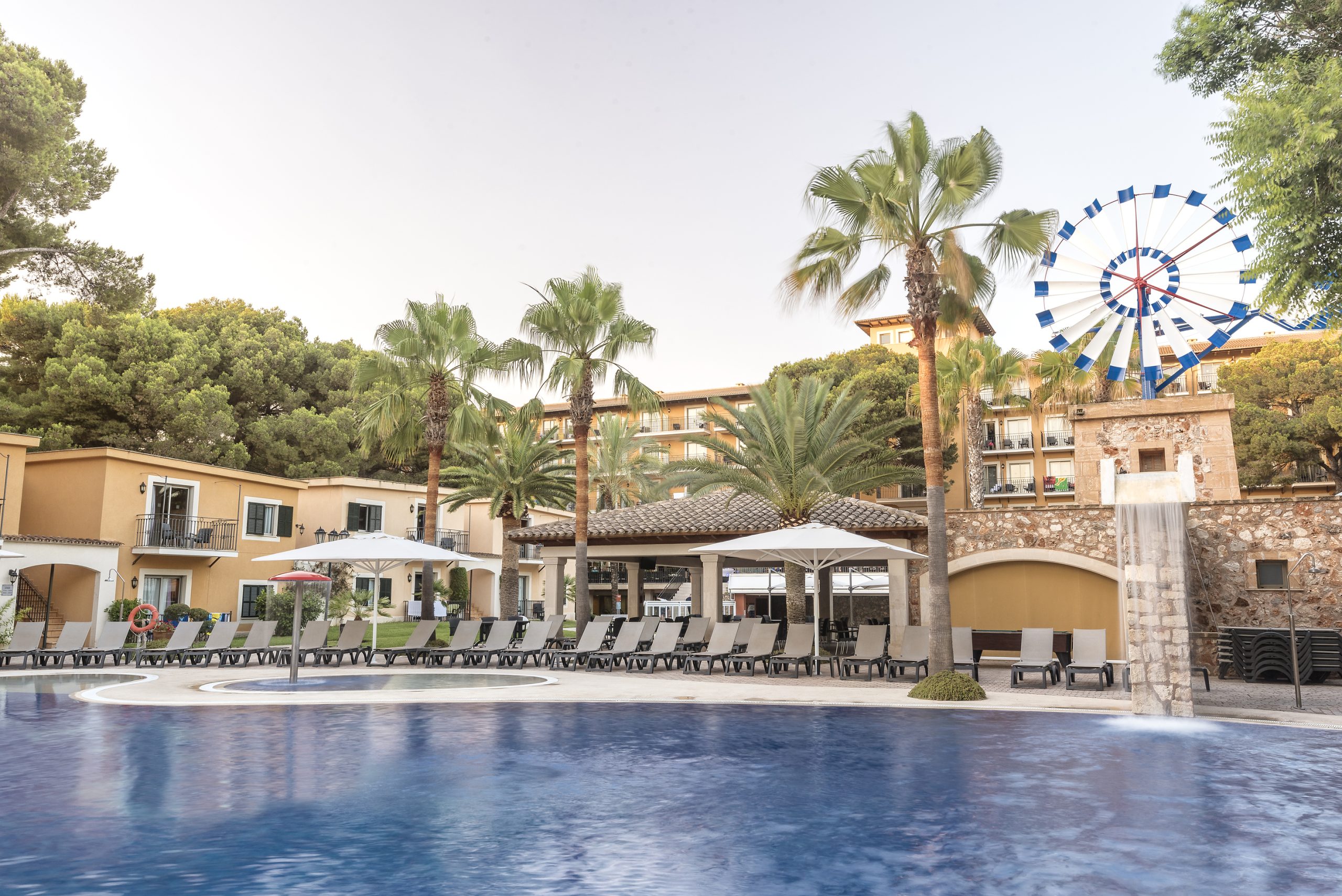Throughout history, distinct countries, cities and towns have been home to various products that represent their past and their traditions. In the case of Majorca, its ancient handcraft traditions have survived until the present day in a variety of forms. Of its celebrated food products, the famed Majorcan ensaimada and its wines are especially noteworthy. As for pottery, its characteristic ceramics are favourites. And when considering its jewellery, the Majorica pearls.
The charm of these ancient products continue to attract tourists everyday, seeking to take a bit of the island home with them in their suitcase. They leave happy, and the island gains international fame, thanks to these typical products which we will describe in more detail below.
The Majorcan ensaimada, a century-old pastry
Often times, clichés gain popularity because they actually reveal a bit of truth. The ensaimada, in the case of Majorca, has become a delicious cliché, and it just may be the best souvenir for tourists wishing to capture some sweet memories and take them home from the island. Because the ensaimada will always be Majorca’s symbol of excellence, a flagship of Balearic gastronomy — bearing its very own Protected Geographical Indication since 2003 —.
A work of pure craftsmanship, the Majorcan ensaimada continues to bear all of its traditional characteristics. And, while the first references to this pastry were made during the 17th century, some experts have confirmed that it actually has Arab origins. Specifically, it is believed to hail from the period during which General Issam al-Khawlani, upon orders of the Amir of Cordoba, conquered the island in the 10th century.
Regardless of its origins, today, this sweet pastry in the shape of a snail is sure to conquer anyone’s taste buds. For this reason, in 1922, the writer Santiago Rusiñol, an ensaimada lover like so many other authors, wrote that ‘the Moorish ensaimada has become Christian, from Christian, it has become Majorcan and from Majorcan, it has gone on to be the food of all humanity’.
Even though the two traditional ensaimadas are ‘smooth’ — without filling — or filled — usually with spaghetti squash jam—, the Majorcan ensaimada has been innovated to a great extent over the years. Therefore, we can now find them filled with cream, custard, crème brûlée, chocolate, or even sobrassada. Some of the pastry shops specializing in ensaimadas include Ca Na Juanita, in the centre of the town of Alaró, or Ca Sa Camena, in Palma. These shops meet the requirements needed to create a truly delicious ensaimada: many years in the business, up to four generations of experience, and the use of the traditional craftsmanship process to create their products.
Majorcan pearls, the best-kept secret
If the ensaimada is considered the ‘pearl’ of Balearic gastronomy, the next star product of the island would have to be the pearl itself. A symbol of power and wealth, thanks to its attractive aesthetic and natural scarcity, over the centuries, the pearl has become an object that is coveted by the most elite circles of European society.
The Balearic Islands’ love affair with this iridescent jewel began in 1902, when German engineer Eduard Hugo Heusch founded his company Majorica in Manacor, focusing on the novel artificial creation of pearls. Unlike natural pearls — or ‘fine pearls’ —, the process of obtaining the Majorica pearl greatly expanded Heusch’s offerings, thereby reducing his prices. When the founding family’s patent expired in 1948, the factory was creating over 218,000 units daily, with a mainly female staff. Over the following years, six new production companies would be added to the pearl industry, each of which would offer distinct ingredients and processes, but all working under strict trade secrecy.
Today, the Majorcan pearl is internationally produced, and its sale supports the dream of famed fashion designer Coco Chanel: the democratisation of fashion through jewellery. In Palma alone, the number of shops that specialise in pearls is overwhelming. Along the Carrer de Sant Miquel, for instance, there are numerous jewellery shops where it is possible to find collections of Majorcan pearls at reasonable prices.
Majorcan ceramics, from domestic to touristic
Pottery making (alfaharería in Arab) is a prised ancient art that provided people with domestic devices. Today, it consists of highly valued decorative articles with great ethnographic value, similar to that of the souvenir. Majorca knows all about this, since from ancient times, it has cultivated this traditional art form with great skill and dedication. Influenced by the many colonising populations that have passed through the island, Majorcan ceramics include identity marks of the Phoenicians, Carthaginians, Greek and, in later times, Muslims. Of course, during the Modern Age, the Levantine peninsular culture was also influential, as was that of Renaissance Italy.
This art form became so specialised here that over the late Middle Ages, Majorcans came together to form guilds — with those of the artisans, potters and weavers being some of the largest —, and by the 18th century, the island had forty-three workshops distributed across its most active production areas: Palma de Mallorca, Inca, Pòrtol and Felanitx.
Its most characteristic pieces, which can still be purchased today, include greixoneres — varnished clay pots —, gerretas felanitxeras — small mugs decorated with raised decoration —, the mythical painted tiles — very visible in the most mountainous areas — and siurells — ceramic whistles in the shape of humans —.
Today, despite the fact that their production has decreased somewhat, some of the century-old workshops such as Terra Cuita (in Pórtol) or Ceràmiques Mallorca (in Felanitx) continue their activity, allowing visitors to take a piece of the island home with them.




































































